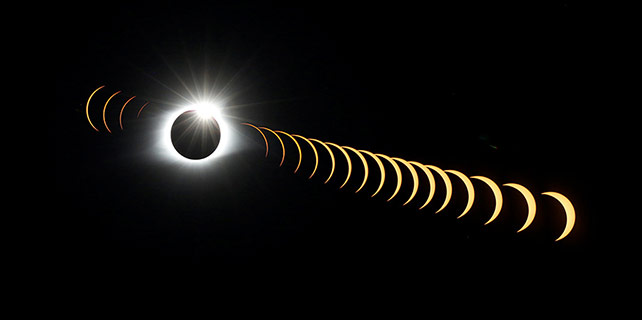Will US Navy learn from McCain tragedy?
It was appalling to learn on Tuesday that remains of US sailors were found on a US Navy destroyer that collided off Singapore the day before. It was even more troubling to realize that the pre-dawn collision was the fourth accident in the Pacific this year involving an American warship, including one that killed seven seamen in June.
The loss of the sailors' lives, plus repeated US warship accidents in the same geographic area, should prompt some people to do more soul searching about whether or not the US Navy is stretching itself too far in trying to police such vast and far off waters.
The deadly mid-sea collisions, following the US Navy's increased "freedom of navigation operations", military exercises and other activities in the South China Sea and surrounding waters, have ramped up concerns that US warships are an increasing threat to navigational safety in Asian waters.
Following the guided-missile destroyer USS John S. McCain's collision with a merchant vessel on Monday morning near the Strait of Malacca, the US Navy ordered an "operational pause" and a fleet-wide global investigation.
The collision happened as the McCain was heading for a stop in Singapore after trespassing through the waters close to a reef of China's Nansha Islands early in the month.
Ridzwan Rahmat, a naval expert at Jane's, said initial indications suggest the US warship may not have been obeying rules designed to separate maritime traffic passing through the Singapore Strait, according to an Agence France-Presse report.
Analysts also pointed out that the US Navy could be overextended.
Rahmat observed that the US Navy has been conducting "a lot of activities" across the South Pacific region, and it brings up the question of whether the force is overextended.
"There is a question of possible crew fatigue. That is the question I would be asking as an investigator - is this tempo of operations sustainable?" he was quoted by the AP.
Another researcher, Vasily Kashin, at the Institute of Far Eastern Studies of the Russian Academy of Sciences, also said US warships spend too much time on combat service and the crews are overworked.
Maritime accidents are frequent in the Asia Pacific, as there is no other place with a comparable concentration of US warships and scale of commercial navigation, Kashin said, according to Xinhua.
Before Monday's mishap with the McCain, the first six months of the year saw the USS Antietam run aground in January, spilling 1,100 gallons of hydraulic fluid into Tokyo Bay; the guided-missile cruiser USS Lake Champlain collide with a South Korean fishing vessel off the Korean Peninsula in May and the USS Fitzgerald collide with a container ship in waters off Japan in June, claiming the lives of seven sailors.
On the 7th Fleet's Facebook page, Cody Murphy, who identified himself as an Arizona resident, said of the accidents: Once is a tragedy; twice is a questionable coincidence; if it happens a third time, then there is something going on.
"A multimillion dollar guided-missile destroyer with the most advanced radar and sensor technology can't see a container ship going what, 25 knots max?" Murphy posted.
It was already shocking and saddening to read about the brutal death of seven US sailors in the flooded berths of the Fitzgerald in June. The 7th Fleet said in a statement last week that collision "was avoidable, and both ships demonstrated poor seamanship".
What will the US Navy do if the deadly Aug 21 collision is found to have been "avoidable" had the crew not been so tired and stretched so thin?
Contact the writer at huanxinzhao@chinadailyusa.com









